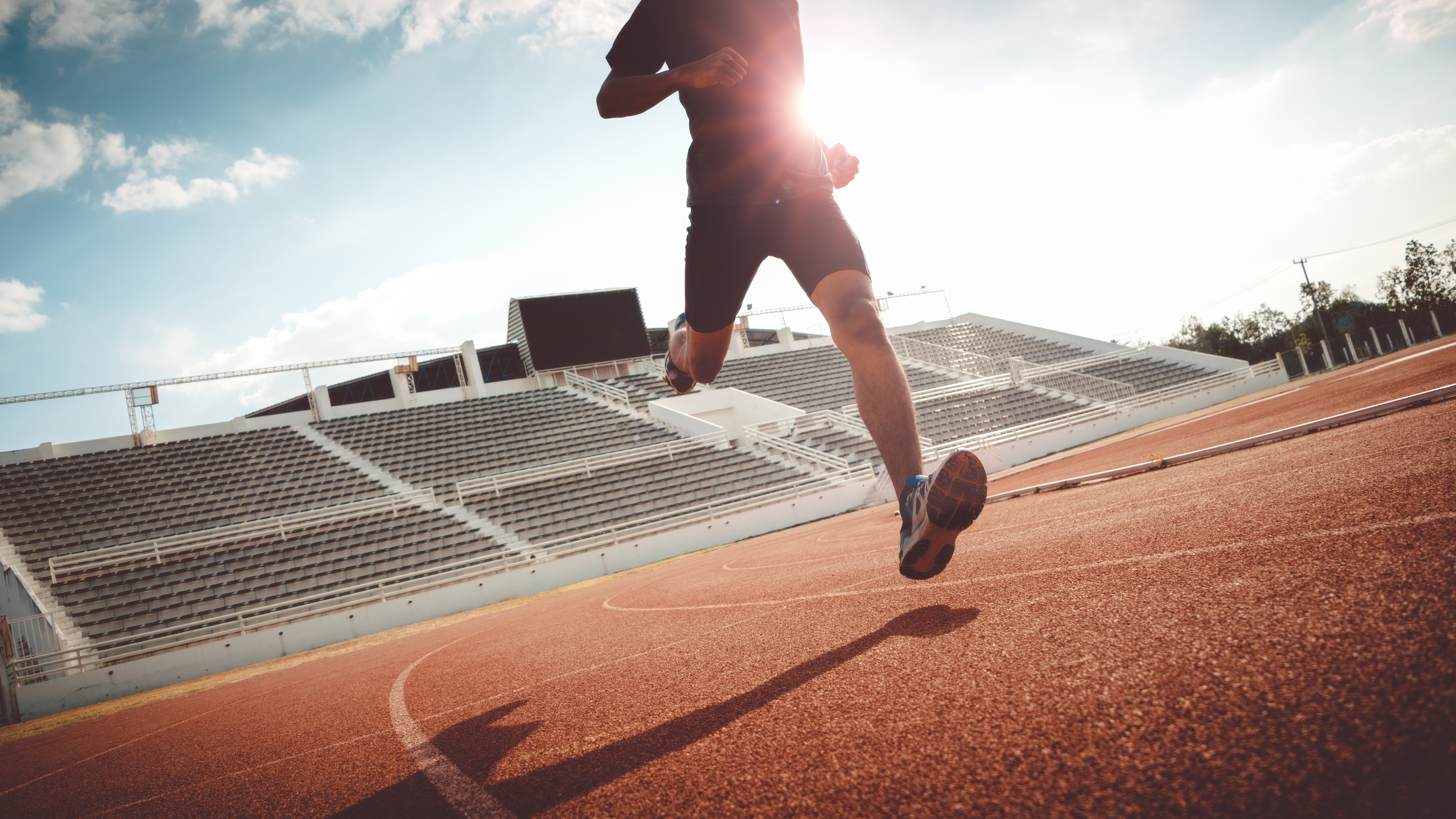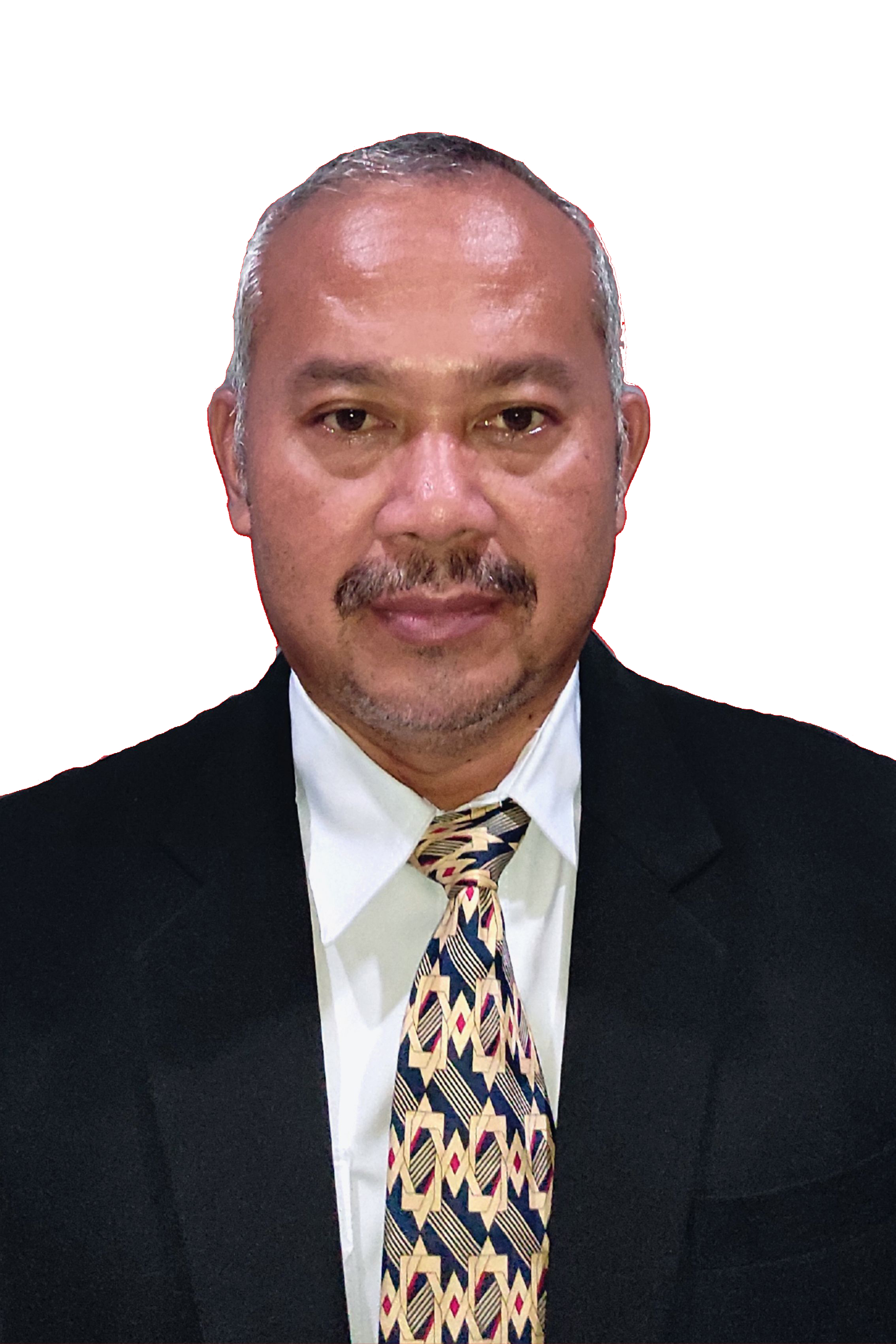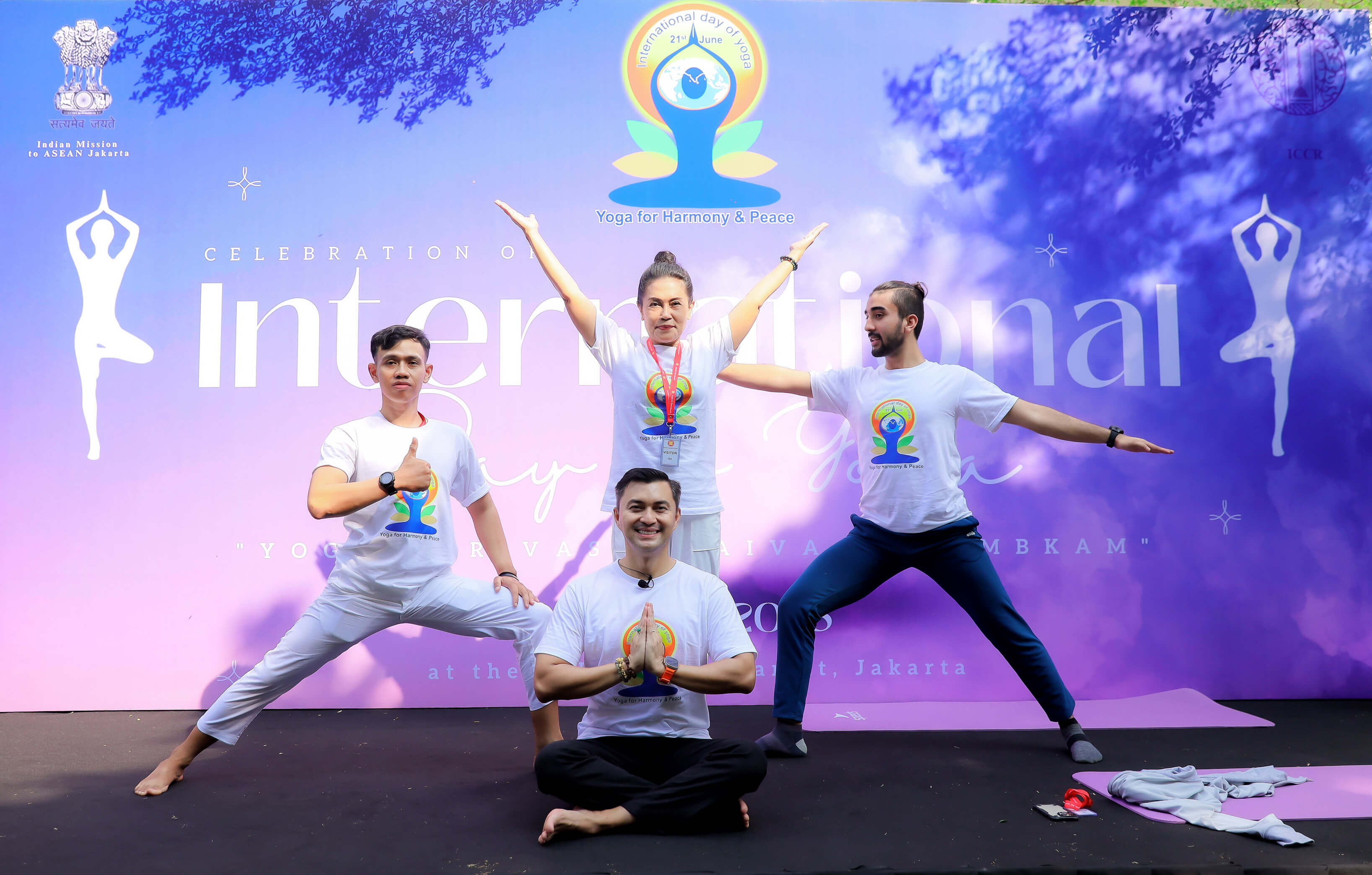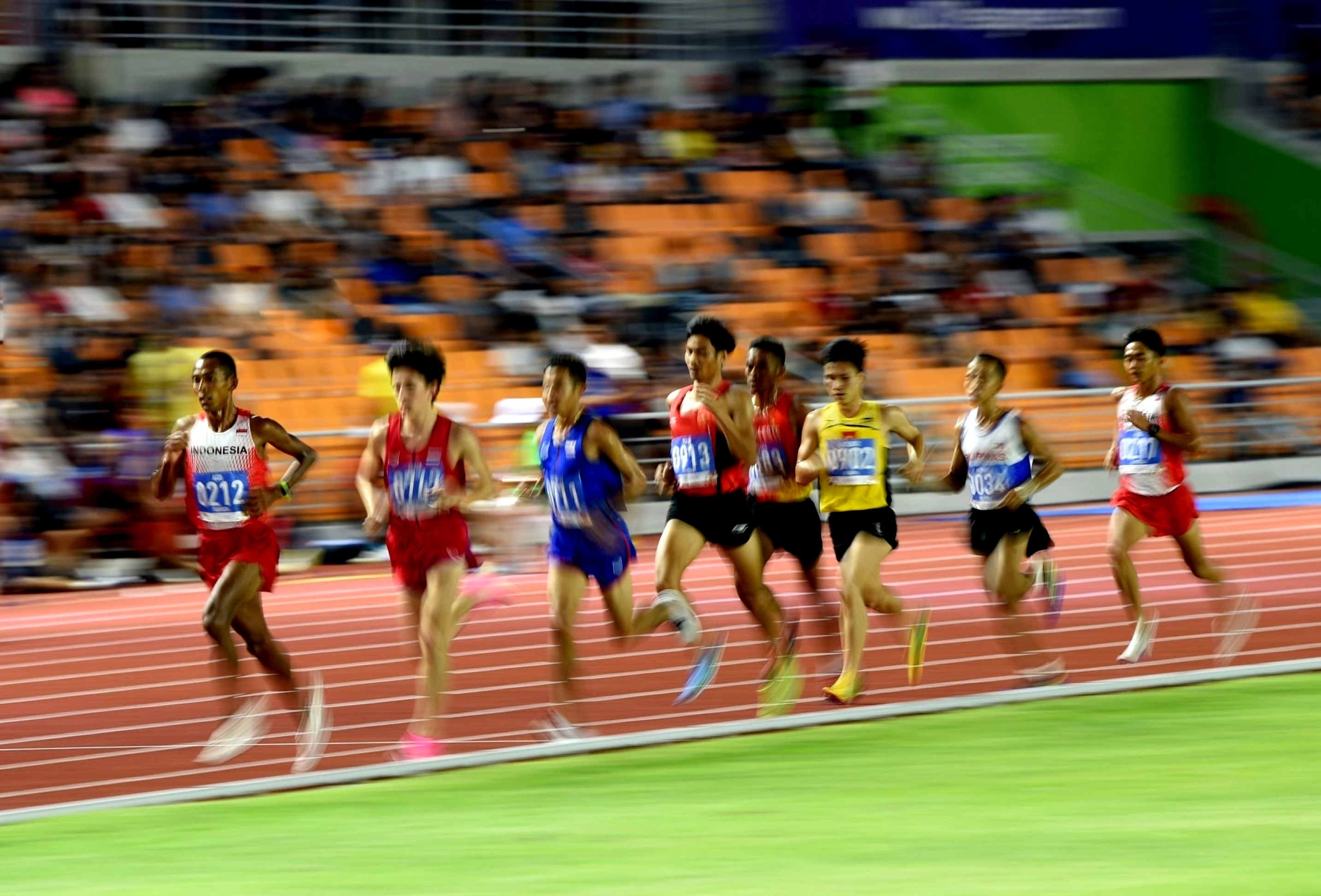




The Sports Development Index (SDI) measures sports development by using a multi-dimensional approach. It is hoped that this index can promote positive changes in terms of health and well-being, as well as personal skills development and economic productivity.
Until recently, there has been no comprehensive study to measure the success of sports development. For example, England’s Sports Equity Index (SEI) has a single indicator: community participation in sports (Sport England, 2002). SEI takes into account the socio-demographic background of those who engage in sports, including age, gender, ethnicity, disability, and socio-economic status. Countries also use the medal tally as a parameter to gauge the success of sports (De Bosscher, Heyndels, De Knop, Van Bottenburg, & Shibli, 2008). Medals can be indicators of success, however, they do not reflect the whole picture. Therefore, sports development should also be measured in terms of how sports impact a community’s socio-economic development and well-being.
The Indonesian government realises that measuring sports development in a more comprehensive and integrative way is not easy and may even invite debate, criticism, and challenges. Yet, action must be taken towards the continuous improvement of sports. Therefore, the government has set a national policy through Presidential Decree 86 year 2021 on Grand Design of National Policy (DBON), which mandates the utilisation of the Sport Development Index or SDI.
SDI is an instrument to measure and track sports development in Indonesia. The index uses a whole human dimension approach. It consists of nine dimensions as follows: 1) participation, 2) human resources of sport, 3) open space for sports activities, 4) fitness, 5) physical literacy, 6) economy, 7) personal development, 8) health, and 9) performance.
The SDI allows the government to obtain an integrative and holistic understanding of the Indonesian people—which is the end goal of sports development. SDI covers not only the sports activities and development, but also the impact of sports on humans as a whole. The UN recognises that sports play an important role in SDGs.
SDI data collection was done through a multistage random sampling technique (Maksum, 2018) that combined stratified random sampling and cluster sampling. The method used aimed to ensure that the respondents were representative of the characteristics of the Indonesian population.
Based on the 2020 census, Indonesia’s population is composed of about 270.20 million people (BPS, 2021) spread over 34 provinces, 514 regencies/cities, and 82,820 villages. The respondents were between the ages of 10 and 60 which represent nearly 73 per cent of the total population. The ages were divided into three categories, i.e., 10-19 years old (22 per cent of the population), 20-44 years old (53 per cent), and 45-60 years old (25 per cent).
As stated in the SDI report, the SDI for 2021 stands at 0.408, which is considered low on a scale of 0-1. Of the nine dimensions of SDI, human resources of sport and physical fitness obtained the lowest scores. The ratio of available human resources for sports to the total population is 1:3,487. In terms of fitness, 53.63 per cent are “least” fit, 22.68 per cent are “less” fit, and only 5.86 per cent were categorised as being in “very good” and “excellent” physical condition. In addition, the prevalence of excess overweight nationally is at 27 per cent—men at 20.3 per cent and women at 33.9 per cent.
The ratio of open space for sport (activity) to the population is 1.78 square meters per person, still far from the ideal of 3.5 square meters per person. Of the existing open space, 86 per cent is outdoors, and 14 per cent is indoors. In terms of ownership status, 60 per cent belongs to the government, 16 per cent is owned by the private sector, and 24 per cent is individually-owned.
Physical literacy is in the medium-low range, registering at 0.565. Although sports/physical activities are carried out by 81.2 per cent of community members, the active participation rate is only 32.83 per cent. There is also a wide participation gap between men (35.7 per cent) and women (21.4 per cent).
Personal development is also in the medium-low range at 0.54. It indicates that those who exercise have better resilience and social capital compared to those who do not. For the dimension of public health, the result is low, at 0.41. The coefficient of physical health is 2.72, and psychological well-being is 2.66 on a 1-5 scale.
Nationally, the sports performance index of 0.385 is low. There is a fairly wide gap between Java and outside Java in terms of medal count, which shows a strong correlation between the availability of resources and the number of medals gained.
The report shows that 56 per cent, or around 110.45 million people, spend their money on sports-related needs. The spending ranges from 200,000 to 5,000,000 Indonesian rupiah per person per year. If these figures are aggregated, it is estimated the amount of spending for sports-related needs can reach up to 43.8 trillion rupiah per year.
This report proves that exercise positively impacts fitness, physical health, psychological well-being, resilience, and social capital. However, the empirical evidence shows that this index needs to be strengthened with field experiments to incorporate economic and community development aspects.








